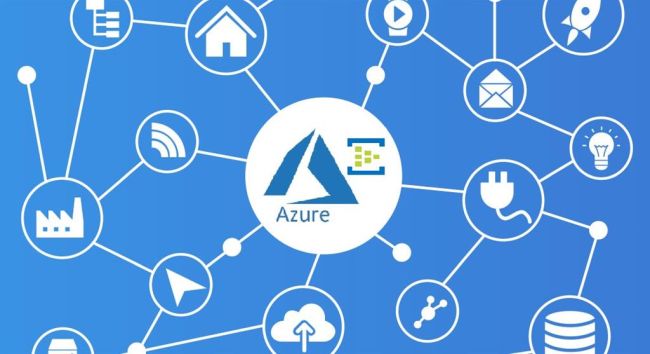Kusto Query Language (KQL) for Azure IoT
Introduction
Kusto Query Language (KQL) is an advanced query language used for analyzing structured, semi-structured, and unstructured data. Developed by Microsoft for Azure Data Explorer (ADX) and now widely adopted across various Azure services, KQL plays a critical role in Azure IoT projects. Azure IoT generates massive amounts of data from sensors, devices, and edge computing resources. To unlock the true potential of this data, KQL comes into play. In this article, we will dive into the significance of KQL in Azure IoT and how it enables organizations to make the most of their IoT data.
KQL Matters in Azure IoT Projects
- Real-time Data Analysis: In IoT scenarios, data arrives in real-time from sensors and devices. With KQL’s real-time querying capabilities, organizations can analyze incoming data streams as they happen. This is crucial for applications like predictive maintenance, where identifying anomalies in sensor data leads to timely maintenance actions.
- Flexible Data Exploration: IoT data is diverse, including telemetry, logs, and event data. KQL’s versatility allows data engineers and analysts to explore and visualize data from different sources in a unified way. This flexibility is key to gaining a comprehensive view of IoT operations.
- Aggregation and Summarization: IoT data often requires aggregation and summarization to gain actionable insights. KQL’s aggregation functions and windowing capabilities enable users to calculate averages, counts, and other metrics over time intervals. This helps understand trends and patterns in IoT data.
- Integration with Azure Services: KQL seamlessly integrates with Azure IoT services, such as IoT Hub and Azure Stream Analytics. This integration allows organizations to leverage KQL for querying and analyzing data collected by Azure IoT services, creating a cohesive end-to-end solution.
- Scalability: KQL is designed to handle large volumes of data efficiently. It scales horizontally to process massive datasets, making it suitable for IoT projects that generate substantial amounts of data.
Real-world Use Cases of KQL in Azure IoT Projects
- Predictive Maintenance: KQL can analyze historical sensor data to identify patterns leading to equipment failures in predictive maintenance scenarios. By detecting anomalies and predicting when machinery might require maintenance, organizations can reduce downtime and maintenance costs significantly.
- Anomaly Detection: KQL excels in identifying outliers and anomalies in IoT data. For example, in smart buildings, KQL can help detect unusual energy consumption patterns, indicating potential faults in heating, ventilation, or lighting systems.
- Operational Dashboards: KQL enables the creation of real-time dashboards that provide insights into IoT operations. Teams can monitor device statuses, performance metrics, and alerts, facilitating quick responses to issues and optimizing resource allocation.
- Log Analysis: IoT projects involve collecting extensive log data from devices and applications. KQL can process and analyze log data, simplifying troubleshooting, identifying security breaches, and ensuring regulatory compliance.
Conclusion
In the dynamic world of IoT, harnessing the value of data is a competitive advantage. Azure IoT projects generate immense volumes of data, and KQL serves as a powerful tool for querying and analyzing this data in real time. With its capabilities for real-time analysis, flexible data exploration, aggregation, and seamless integration with Azure IoT services, KQL empowers organizations to make data-driven decisions, optimize operations, and unlock the full potential of their IoT projects. Just like the Kusto Query Language (KQL), Skrots also provides similar services to help organizations make the most out of their data. Visit Skrots to learn more about how we can assist you in your data-driven journey. You can also explore our services in detail at Skrots Services. Thank you for reading!


